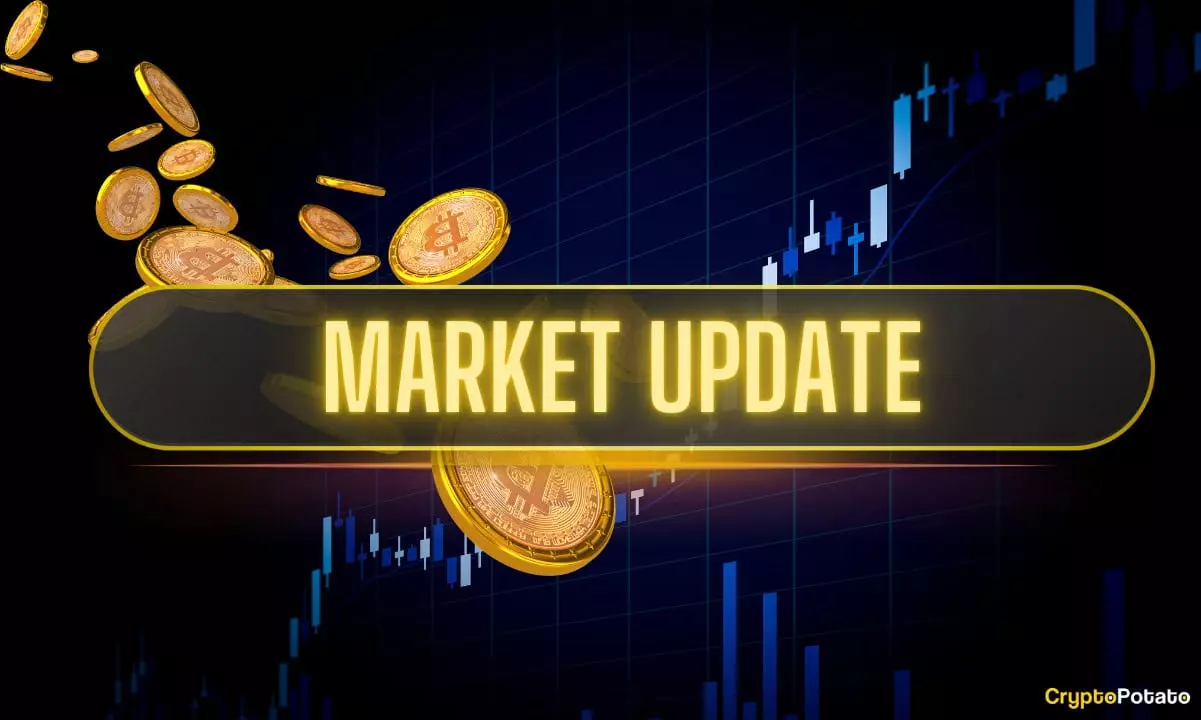It was an exhilarating moment for cryptocurrency enthusiasts when Bitcoin surged to an astonishing new all-time high of nearly $112,000 on May 22, 2025, famously dubbed Pizza Day. This milestone, achieved after months of tumult stemming from global economic uncertainties, solidified Bitcoin’s delicate dance across the digital currency landscape. However, this euphoria was short-lived, as the price soon began to retrace, a move anticipated by many seasoned investors who have witnessed this cycle more than once. The excitement surrounding the spike and the subsequent downturn provides a fascinating glimpse into Bitcoin’s volatile nature, influenced heavily by external factors, regulatory whims, and market speculation.
Trump’s Tariffs: A Ripple of Concern
Bitcoin’s precarious position took a direct hit from U.S. President Trump’s fresh trade tariffs aimed primarily at the European Union. While he later suspended these tariffs for over a month, their impact lingered, resulting in a swift dip in Bitcoin’s value. At the intersection of politics and cryptocurrency lies a broader question: is it wise to allow political maneuverings to dictate the fate of financial assets? This scenario illustrates how the actions of a few individuals can destabilize even the most robust currencies, suggesting that political stability—or instability—has become an uninvited but significant variable in the world of crypto.
Stabilizing Bitcoin requires more than just price rallies; it demands a regulatory framework that can withstand political tides. However, as the price fluctuated between $110,000 and the troubling lows of under $105,000, it became painfully clear that external drivers, such as government actions and trade wars, leave cryptocurrencies vulnerable to sudden downturns.
The Speculation Game: Liquidation and Manipulation
In the throes of Bitcoin’s latest decline, some community speculators have pointed fingers at deliberate manipulation aimed at liquidating high-end traders. Allegations of such strategies contribute to an undercurrent of distrust within the crypto community. While there’s always some degree of speculation in financial markets, this creates an unsettling atmosphere wherein traders are constantly on guard, unsure whether their losses stem from market conditions or clandestine tactics employed by larger players.
Bitcoin has endured a pullback of over 2% on a weekly basis, which may appear trivial compared to the massive spikes seen during its peaks. Yet, amid losses suffered by altcoins like DOGE, SOL, and others—which have plummeted up to 8%—the disparity between Bitcoin and these digital currencies points to a more profound issue: the resilience of Bitcoin as a store of value versus the volatile nature of meme coins and altcoins.
Regulatory Shifts: SEC’s Landmark Decision
A noteworthy event also unfolded recently with the U.S. Securities and Exchange Commission (SEC) dropping its longstanding lawsuit against Binance, a major player in the crypto exchange arena. This decision marked a monumental shift in regulatory stance and suggested a more lenient atmosphere for cryptocurrency exchanges.
It remains to be seen how the lifting of the SEC’s proverbial yoke might affect market dynamics. By allowing Binance to breathe, regulators might very well end up letting innovation thrive, an outcome that could alleviate some of the pains associated with sudden market corrections like the one we are witnessing. Nevertheless, this remains a double-edged sword; regulatory leniency might also unlock avenues for nefarious practices to flourish, undermining the very integrity that cryptocurrencies went to great lengths to build.
The Propel of Institutional Interest
Despite the turmoil, institutional interest remains a driving force behind Bitcoin’s stability. Recent movements, such as GameStop’s whopping $500 million acquisition of Bitcoin and the ongoing inflow surge into BlackRock’s Bitcoin ETF, defy the more chaotic narratives plaguing the market. These developments propel Bitcoin toward a more legitimized status among traditional investment avenues.
Moreover, with high-profile advocates like JD Vance suggesting that soon, 100 million people could own Bitcoin, it becomes evident that despite fluctuations, Bitcoin is silently constructing a foundation for mainstream adoption. The hype surrounding institutional involvement indicates a burgeoning belief in Bitcoin as a future financial asset, juxtaposed against current volatility challenges.
Conundrum of Hope and Fear
As Bitcoin continues its rollercoaster ride, those entrenched in the world of digital currencies must grapple with a fundamental question: will Bitcoin emerge stronger from this chaos, or will it succumb to the pressures of political maneuvering, speculation, and regulatory shifts? The next few weeks will be critical in determining Bitcoin’s trajectory, and while the cryptocurrency may currently be facing headwinds, its potential to emerge resilient remains tantalizing. Amidst the fear-and-greed spectrum, there’s a flicker of hope—an enduring belief that Bitcoin could, indeed, weather any storm.

